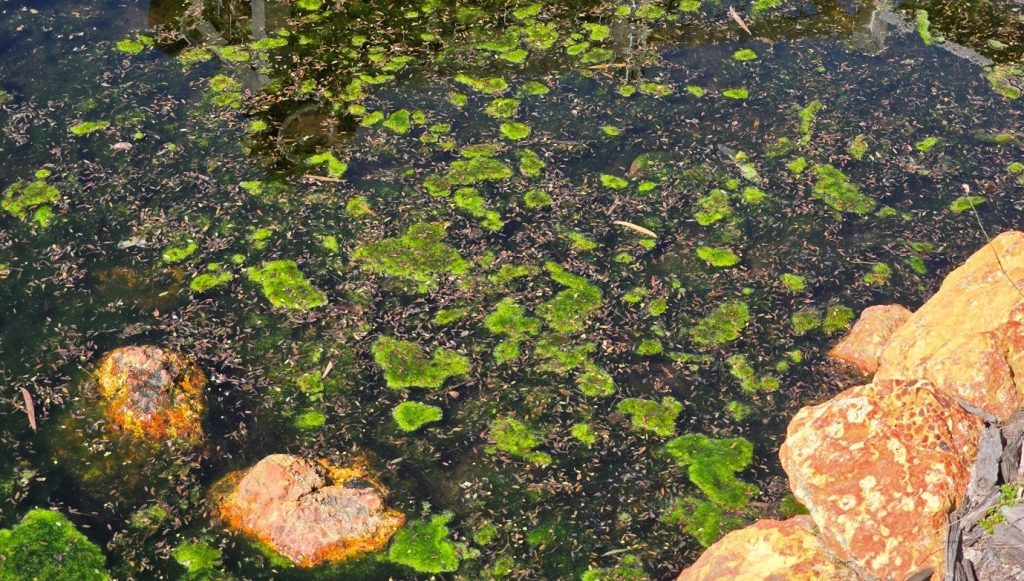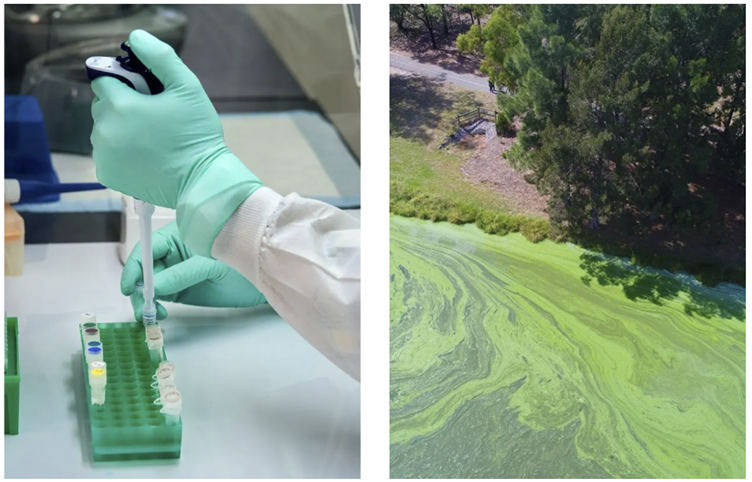Introduction
In the stormwater industry, we pride ourselves on protecting both the environment and community health. But when we look closer, there’s a troubling gap between industry rhetoric and real outcomes. While we discuss concepts like Water Sensitive Urban Design (WSUD) and Nature-based Solutions (NbS) as essential tools for sustainable water management, these approaches are often misapplied, constrained by outdated philosophies, monopolistic practices, and limited funding. Young engineers are being pushed into a system rigged to prioritize short-term profits over genuine innovation and environmental resilience. It’s time to confront these issues head-on and acknowledge the disconnect between what we claim to value and what we actually achieve.
Recently, I attended a “walkaround” and technical presentation in Perth showcasing a Water Sensitive Urban Design (WSUD) installation. This system, labelled as a Nature-based Solution (NbS) intended to treat stormwater flowing into a lake, is meant to process runoff from surrounding, conventional pit and pipe stormwater drains. This lake has been supporting Cyanobacterial Toxic Algal Blooms for over a decade – or for as long as I have been dealing with it.

Despite over AUD $2.5 million invested in just one of the smaller stormwater outfalls, the system clearly cannot handle the incoming nutrient loads. It’s yet another unsuccessful attempt at stormwater quality management. Isn’t it time we took a closer look at those promoting these expensive NbS systems that are practically guaranteed to fail?
The story is all too familiar: centralised WSUD systems like Living Streams, swales, rain gardens and wetlands are failing because they’re based on a flawed philosophy of conveyance drainage that overlooks the waste in the system, natural water retention & infiltration.
These systems are failing not because they are inherently flawed, but because they are being misapplied as ‘Primary’ treatment systems and allowing nutrients to enter water bodies rather than being captured beforehand. At best, they should serve as ‘Tertiary’ treatment systems. Adding to this, costly consultancy fees and ongoing operation and maintenance costs mean these systems deliver little value to taxpayers. When combined with the millions spent on outdated “end-of-line” devices such as Gross Pollutant Traps (GPTs) and Continuous Deflection Separation (CDS) devices, the result is grim: our urban waterways are increasingly toxic, making these investments questionable at best.

Photo by Elesa Kurtz.
We need only look at the extensive water quality testing and data collected across Australia over the last 20 years, which clearly documents the decline of our water environments.

Credit: The Leaf Collective
While WSUD and Nature-based Solutions (NbS) are essential for future recovery, practitioners – and their employers – must make a clear distinction between profit-driven choices and designs that genuinely protect the environment. Unfortunately, council funding is often limited, and tenders tend to favour the lowest bid, driving a race to the bottom. As consulting organisations aim to maintain profits and satisfy shareholders, ‘cookie-cutter’ solutions and copy-paste designs from past projects become the norm. With insufficient budgets for bespoke, ingenious solutions, the quality of outcomes is compromised, impacting both environmental and human health.
Despite this, the industry continues to push ineffective systems, while consultants blatantly ignore better solutions, leaving communities to face severe consequences. After nearly two decades in stormwater management, I thought I’d seen it all. Now, I’m watching a Perth council and its oversight agencies spend over a decade developing a “Master Plan,” and in their latest report, they still haven’t identified the incoming nutrient loads (despite being supplied with accurate reports clearly demonstrating where these nutrient loads are originating) – a fundamental oversight that’s either shockingly incompetent or worse.
The water industry is long overdue for a reset. Significant investments made with ratepayer and taxpayer funds in this sector are failing to protect both communities and the environment.
The Neglect of Essential Infrastructure Is Unacceptable
Unlike other major government assets, stormwater infrastructure is installed and then essentially abandoned. Millions of unprotected pit-and-pipe drains are exposed to pollutants generated by wind, rain, and human activity. This neglect has a high cost: these drains are primary contributors to flash flooding, breeding grounds for disease-carrying mosquitoes, and a complete waste of precious rainfall. They’re also steadily filling our water bodies with toxic contaminants.

Yet instead of addressing these fundamental issues, we cling to outdated tools. Take the Model for Urban Stormwater Improvement Conceptualisation (MUSIC) model, used across Australia to estimate pollutants like Nitrogen (TN), Phosphorus (TP), and Total Suspended Solids (TSS) in stormwater.
This model, despite its flaws and assumptions, is treated as gospel. Each catchment is unique, yet we rely on default values that overlook actual contaminant loads. The evidence is obvious for anyone willing to inspect a drainage pit.
Ignoring Cost-Effective, Proven Solutions – At What Cost?
To truly understand the scale of this industry’s indifference, consider our Stormwater Filtration Device (SFD), certified as “fit for purpose” by government standards back in 2014. Yet, for nearly a decade, environmental consultants and councils have resisted its adoption, hiding behind claims that they “can’t afford” it. This excuse is misleading. SFD technology is not overly expensive compared to current WSUD methods; councils are spending far more on ineffective, patchwork solutions than they would by switching to this proactive approach. The industry’s “we can’t afford it” line is a convenient shield for clinging to outdated practices. What we truly can’t afford is the continued cycle of negligence.
Imagine our frustration when the CEOs of two Perth councils refused to sign applications for two federal “Urban Water Quality” grants, each worth AUD $2 million, which would have fixed both toxic lakes at no cost to the councils. It’s a stark example of the deeper issues in the industry.
The situation is compounded by monopolistic, proprietary companies that control which technologies make it to the ground. Supported by the nation’s primary industry body, these companies operate under protocols that exclude smaller, innovative SMEs due to high entry costs. Even worse, they actively lobby top scientific organisations, while councils reinforce this monopoly by promoting their products. As a result, many of the technologies from these monopolies merely band-aid the symptoms rather than addressing the root causes of stormwater issues. By focusing on short-term fixes rather than sustainable solutions, these technologies fail to restore natural water cycles or improve long-term water quality. Engineers, are forced to specify the same failing technologies, perpetuating a negative cycle of ineffective solutions. The industry doesn’t need more empty promises or “superficial” solutions driven by corporate interests; it needs facts, integrity, and proven, science-based innovation to break this spiral of stagnation and deception.
We’re Setting Up Young Engineers to Fail
The industry is pushing young engineers into a rigged system, dominated by consulting organisations that rely on outdated practices, impose rigid timelines, and prioritise corporate profits over genuine ingenuity. During the Perth presentation, a smart, well-intentioned young engineer presented an analysis that simply didn’t add up. Fundamental information – essential for designing successful WSUD systems – was missing, and neither he nor the group of young engineers in the room seemed aware of these gaps. When I asked him some basic questions, his answers revealed just how deeply this lack of foundational knowledge runs:
● How many drains are connected to this water body? – No idea.
● What is the volume of runoff from the catchment? – Unknown.
● Has anyone considered the vegetation and waste accumulating in this system? – No.
We’re sending them down a dead-end path, asking them to work within a flawed system that fails to address the root causes of toxic water bodies. Instead of fostering understanding and critical thinking about how current methods and philosophies contribute to these issues, the industry leaves young engineers uninformed and indifferent – an approach that runs counter to the engineering code of ethics. This isn’t just a failure of guidance or simple negligence; it’s irresponsible and reckless behaviour.
The Real Consequences of Our Disregard
The disconnect between the industry’s public stance and actual practices is alarming. We talk about environmental health as if it matters, as if we understand its direct impact on human health. Yet behind closed doors, where real decisions are made, that concern disappears. Environmental health isn’t just a slogan; it’s vital to our well-being, and we need to stop pretending otherwise.

Imagine going to a doctor who, instead of conducting specific tests, relies on statistical averages for your age and gender. Would you accept that for your health? Then why do we tolerate it for our environment? We’re treating our planet with the same disregard as we treat these stormwater systems: as an afterthought, something to be ignored until the damage is beyond repair.
Conclusion
If we want to protect our environment, our communities, and our future, the stormwater industry must undergo a significant transformation. We need to move away from “cookie-cutter” solutions and look critically at how current practices compromise environmental and human health. This is a call for integrity, transparency, and commitment to sustainable, science-backed solutions that address the root causes of water pollution, not just the symptoms. Let’s break free from the constraints of outdated models and profit-driven decisions, and work together to bring genuine, lasting improvements to urban water quality. The time for change is now.





